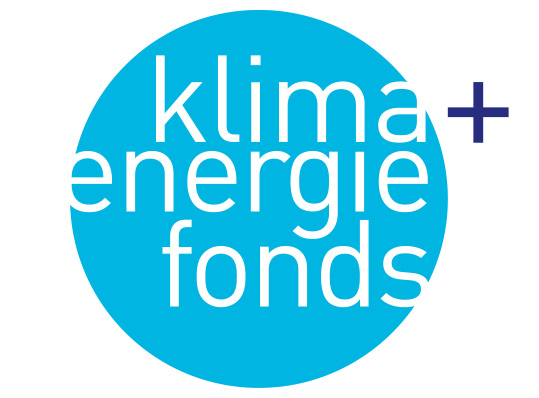The energy transition is not a major cost driver
Myth
Subsidies for renewable energy are responsible for high end-consumer prices.
Facts
Energy prices fell in the last few years although the renewable energy share has increased. Beside the industry sector households profited from lower electricity prices too (in real terms).
Austria has stable and low electricity prices
Corresponding development of market price and renewable energy surcharge
Source: Renewable Energy Association Austria based on E-Control 2016
Austrian electricity prices for industry as well as for households are below the European average. While on average the electricity price for households (including grid and taxes) in the European Union was 21.1 ct/kWh in the second half of 2015, an average Austrian household paid 19.6 ct/in the same period. Between 2010 and 2015 the consumer price index rose by 10.7% while the electricity price only moved up by 1% and the share of publicly co-funded renewable electricity increased from 9.9% to 15.9%. While overall costs were stable the relationship between market price and RES surcharge has changed. Higher RES surcharges are accompanied by a significantly lower wholesale price. Even in Germany electricity prices have fallen slightly since 2014.
Regarding overall expenditure on energy, the additional costs for renewables have no relevance. In 2014, an average Austrian household spent approx. EUR 3,000 on energy but the contributions for funding green electricity account for only 3 to 5 per cent of this overall energy bill. The highest potential for saving energy and money is in the heating and hot water segment. Heating with renewable energy led to fuel costs EUR 1 billion lower compared to heating oil (based on 2014).




